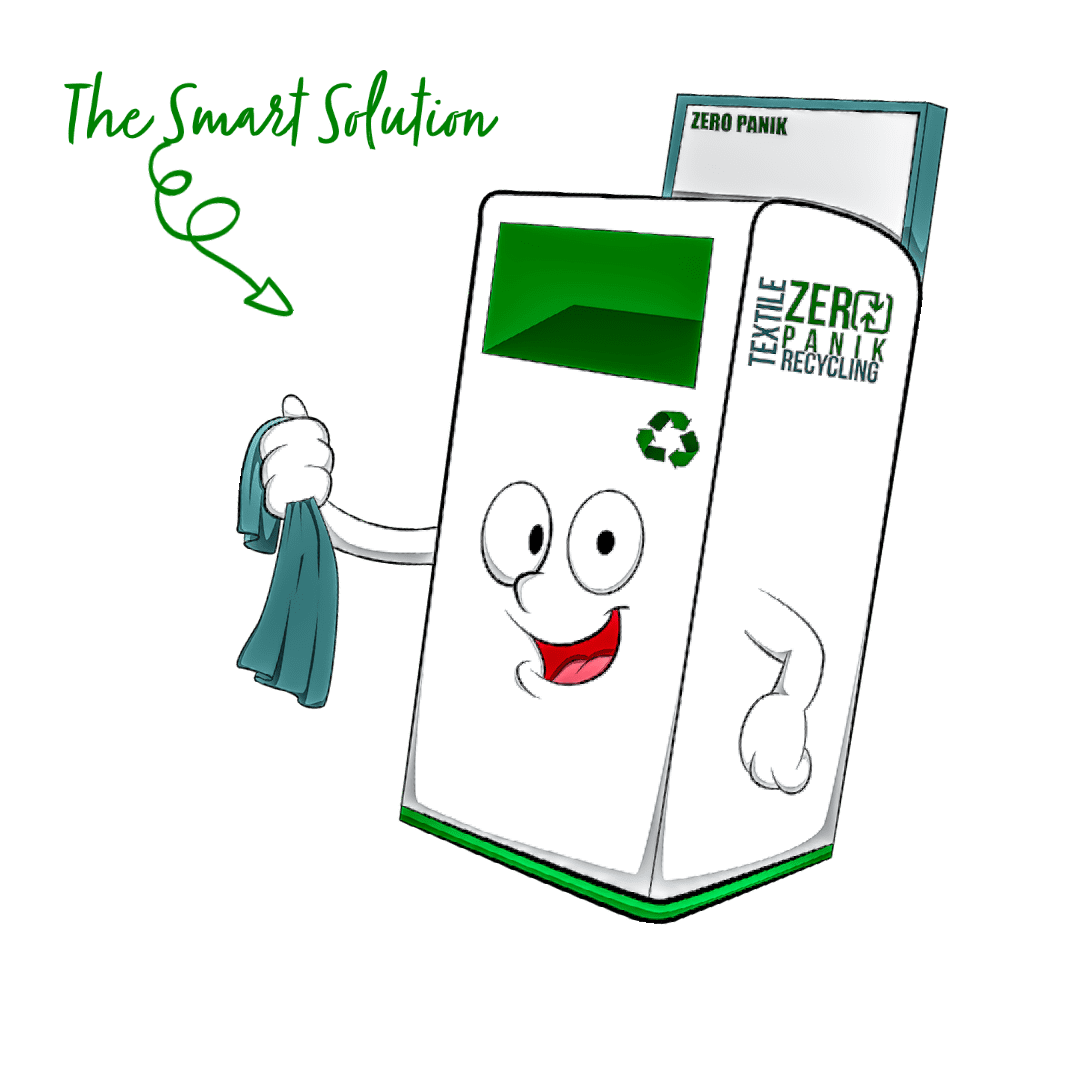
Introduction
It’s no secret that the cost of healthcare is rising. To offset some of these costs, many hospitals are looking for ways to be more cost-effective. One way that hospitals are doing this is by recycling their linens.
Recycling hospital linens has several benefits, it is cost-effective, and it is better for the environment. However, not all hospitals are on board with this practice.
Some factors need to be considered before deciding to recycle hospital linens. This article looks at the pros and cons of recycling hospital linens so that you can make an informed decision about what is best for your hospital.
What are some of the benefits of recycling hospital linens?
The benefits of recycling hospital linens are many. Not only does it save money and resources, but it also reduces waste and helps to protect the environment. Here are some specific benefits:
1. Cost savings: Recycling hospital linens can save significant amounts of money over time. Rather than constantly buying new linens, hospitals can reuse and repair them, saving on the cost of purchasing new materials.
2. Reduced waste: Recycling linens help to reduce waste by keeping old linens out of landfills. This can help to reduce the overall amount of waste generated by the hospital.
3. Resource conservation: Recycling linens can help to conserve resources by reducing the need for new materials. This can help to conserve natural resources such as cotton, water, and energy.
4. Improved sustainability: Recycling linens can help to improve the overall sustainability of a hospital by reducing the environmental impact of daily operations. This can help to position the hospital as a leader in sustainability and environmental stewardship.
5. Improved patient experience: Using clean, high-quality linens can improve the overall experience of patients and help to promote healing. Repairing and reusing linens can help to maintain the quality of linens and ensure that they are in good condition for patients to use.
Overall, there are many benefits to recycling hospital linens. hospitals that implement a linen recycling program can save money, reduce waste, conserve resources, and improve the overall sustainability of their operations.
Note: Some additional medical textiles that can be recycled safely and effectively include face masks, surgical scrubs, and disposable gowns. Recycling these items is a great way to reduce environmental waste and encourage sustainability. Disposable medical textile products are made from various materials, including plastic, cotton, and polyester. When these items are recycled, they can be converted into new products, such as carpeting, clothing, and insulation. Recycling medical textiles is a great way to reduce the amount of waste that is sent to landfills, and it also helps to conserve natural resources.
Are there any challenges associated with recycling hospital linens?
While recycling programs have become more commonplace in recent years, there are still some challenges associated with recycling hospital linens. One of the biggest challenges is dealing with soiled or contaminated linens. Hospital linens, such as sheets, towels, and scrubs, can become contaminated with blood, urine, or other bodily fluids. These items must be incinerated or laundered before they can be recycled. Contaminated linens can pose a serious infection risk to both hospital staff and patients. Therefore, they must be properly cleaned and disposed of.
Another challenge is the cost of recycling. Although recycling programs can be expensive to set up and maintain, hospitals may be able to recoup some of the costs through saved waste disposal fees. In addition, recycling programs can help reduce the hospital’s environmental impact and may be seen as a positive step by the community.
Despite these challenges, recycling hospital linens can have a significant positive impact on the environment. Recycled linens can be used to make new products, such as insulation and carpet padding. And by recycling spent linens, hospitals can avoid sending them to landfills where they would take up valuable space and release harmful chemicals into the environment.
What are some of the best practices for recycling hospital linens?
Recycling hospital linens is an important practice, working with Zero Panik to create a specialized textile waste management and recycling program, can lead to cost savings and help reduce waste being sent to incinerators and landfills. Additionally, recycling hospital linens can have a positive impact on the environment by conserving resources and reducing greenhouse gas emissions associated with the production of new textiles. It can also improve the overall sustainability of healthcare facilities, demonstrating a commitment to eco-friendly practices.
A specialized textile waste management and recycling program with Zero Panik can help healthcare facilities in several ways. First, it can provide a system for the efficient collection and sorting of spent hospital linens. Second, it can ensure that the linens are repaired as needed. Finally, it can facilitate the reuse of these materials in various applications, from new linens to insulation and other building materials.
Overall, recycling hospital linens is a critical component of sustainable healthcare practices. By working with Zero Panik to establish a specialized textile waste management and recycling program, healthcare facilities can reduce their environmental impact, save on costs, and contribute to a greener future.
Conclusion
In conclusion, recycling hospital linens offers significant benefits such as reducing waste and preserving our planet’s resources. However, challenges such as contamination and lack of knowledge on proper recycling processes can hinder the success of this initiative. It is, therefore, crucial to raise awareness about the importance of recycling linens and collaborate with reputable textile recycling companies like Zero Panik Textile Recycling. Only through a specialized waste management and recycling plan can hospitals effectively reduce their environmental footprint while maintaining the highest standards of safety and hygiene.
As a concerned citizen or hospital administrator, I urge you to take action and request a free consultation with Zero Panik Textile Recycling. Together, we can create a sustainable future for generations to come, and ensure the safety and well-being of our communities. Let’s make a difference, one linen at a time.
